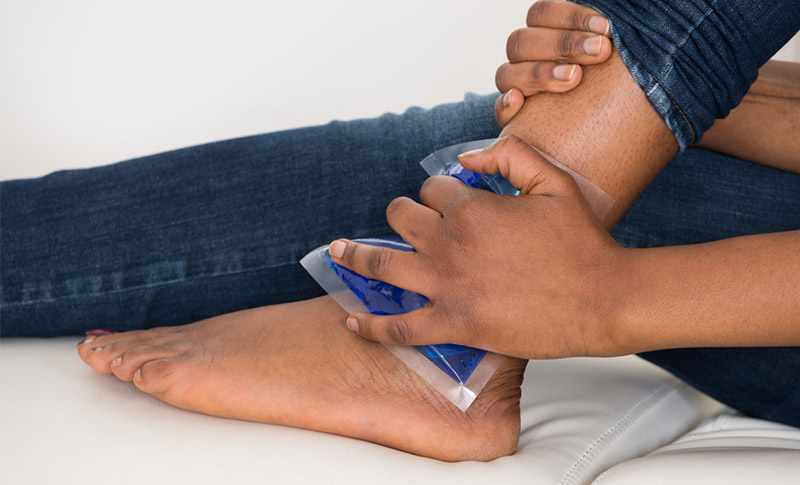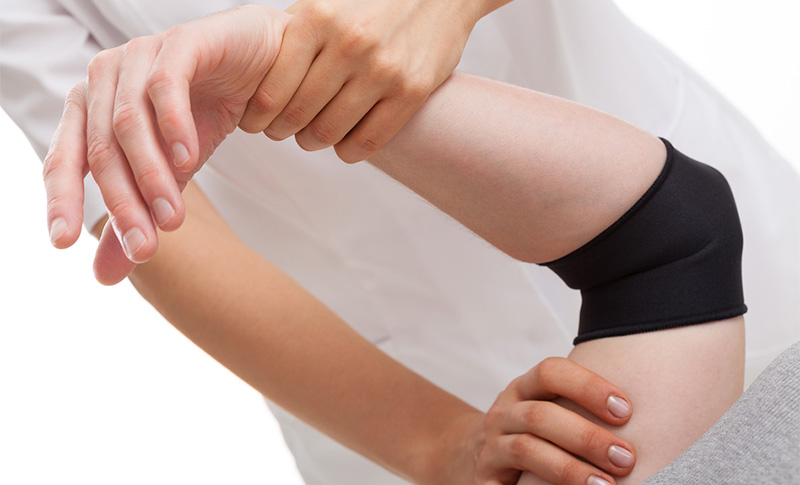Coping with a soft tissue injury can be hard, depending on its severity. For active people, it can mean being out of commission for six weeks or more. Without giving rest and recovery their proper due, however, soft tissue injuries can easily recur.
Soft Tissues and Soft Tissue Injury Explained
The term soft tissues refers to muscles, ligaments, tendons and fascia, the connective tissues that bind the body together. Injuries to these tissues are generally tears, pulls or contusions and may occur as the result of a one-time incident, such as a misstep; though repeated use over time, such a work-related injury; or through overuse of fatigued muscles, such as running too soon after a marathon.
Soft tissue injuries are categorized into three grades:
Grade 1: Mild. Usually involves no more than 10 per cent of the muscle or ligament and will heal in a week or two.
Grade 2: Moderate. Involves 10 to 90 per cent of the tissue structure. Healing takes several weeks.
Grade 3: Severe. Severe tears; complete rupture of muscle or ligament. Will require physiotherapy over time to rehabilitate.
Common Soft Tissue Injuries
Some common soft tissue injuries include:
- Back strains and sprains
- Ankle strains and sprains
- Torn ligaments in the knees, shoulders and ankles
- Plantar fasciitis
- Carpal tunnel syndrome
- Tennis elbow
- Bursitis
- Tendinitis

How Bad Is It?
If any of these conditions apply to your injury, you should have it assessed by a physician:
- You are unable to put any weight on the injured area
- The injured area now has an unusual shape or looks deformed
- You heard a pop or crack when the injury occurred
- Any of the surrounding bones feel painful
- You feel numbness or pins and needles around the injury or anywhere else
Soft Tissue Injury Treatment: First Steps to Recovery
If you injure yourself, you want to contain the damage and start the healing process as soon as possible. During this acute phase of the soft tissue injury, while the swelling, bleeding and pain are at their height, you want to protect yourself from further injury.

The first step of your soft tissue injury treatment is to stop the activity you were doing when the soft tissue injury occurred and following the RICE method: rest, ice, compression, and elevation.
Rest: Take any load off the injured body structure. Avoid all activities that cause pain and allow yourself time to recover.
Ice: Reduce the pain and swelling by applying ice to the injured area in the form of cubes or crushed ice wrapped in a towel; frozen peas – they mould nicely to the injured body part; or a sports ice pack. Ice for 20 minutes every two to three hours while you’re awake.
Compression: Wrap with a bandage that doesn’t obstruct blood flow or cause additional pain. This helps keep the area stable.
Elevation: To reduce pain and swelling, raise the injured area above the level of your heart, supporting it with pillows or a sling, as needed.
During the acute phase of injury, it’s also important to avoid HARM: heat, alcohol, running and massage. You don’t want to increase the blood flow too soon – it will only increase damage. This phase, during which the soft tissue injury settles, generally lasts a day or two.
Moving Toward Full Recovery
Once your soft tissue injury has stabilized, your body will enter the sub-acute phase, repairing itself by laying down new tissue that strengthens over time, reducing the need to protect the injury. During this phase, a physiotherapist will usually assess your soft tissue injury and oversee your soft tissue injury treatment.

You will likely be given a mix of passive treatments, hands-on mobilization, rehabilitative exercises and support. Rehabilitation time depends on the severity of the injury, your own physical health and your age.
Passive treatments stimulate the injured area to promote the healing response by increasing energy to the site using electrical stimulation, ultrasound, magnetic field therapy or laser stimulation. Your physiotherapist may also manipulate your joints and will assign you exercises designed to help return your body to normal functioning. You may need to wear a brace or strap your injury to provide it with additional support as it heals.
Remodelling Yourself – Soft Tissue Injury Healing Time
Six weeks after injury, your body enters what is often termed the remodeling phase. Your new tissue is fairly strong, but it hasn’t stop regenerating. If the tissue isn’t strong enough to handle the level of activity you require, it will continue to stimulate the growth of more tissue so that your body can support you properly.
Remember: your treatment and soft tissue injury healing time depends on your injury, your age and your body. Don’t measure your progress against anyone else’s because everyone’s body is unique. Follow the advice of your physician and your physiotherapist and your body should return to its recognizable self.
